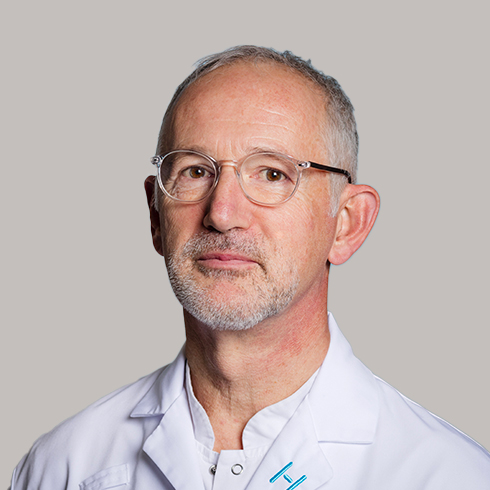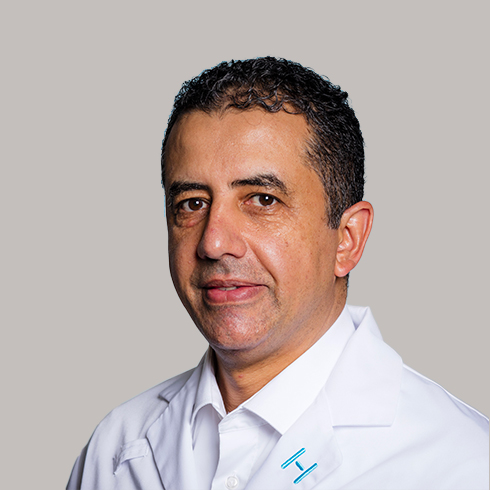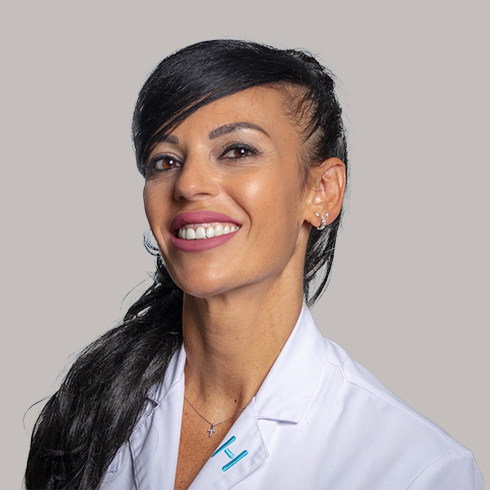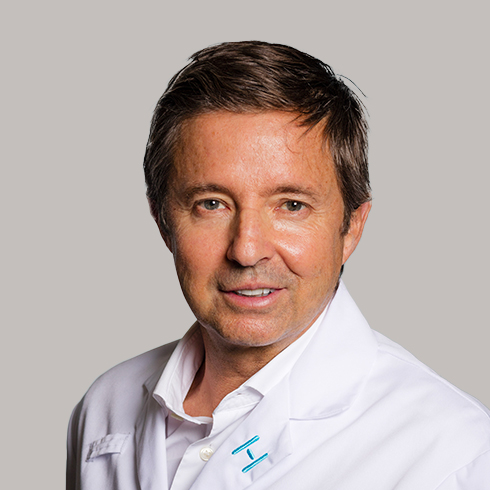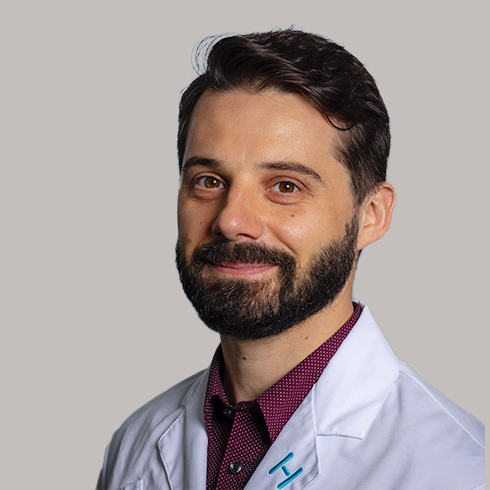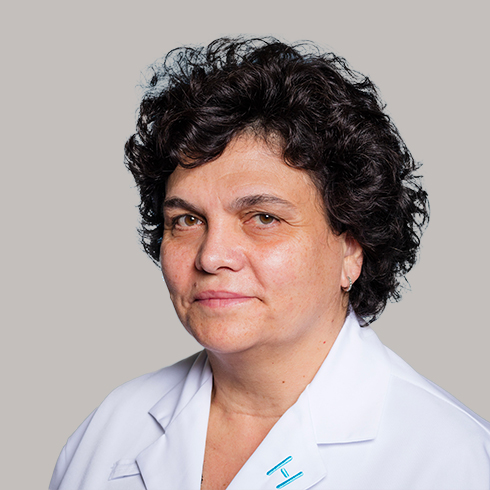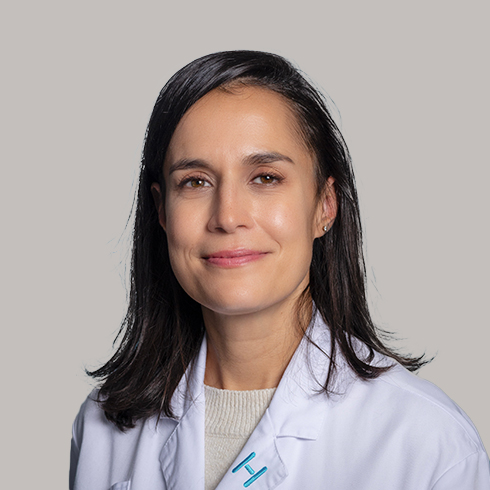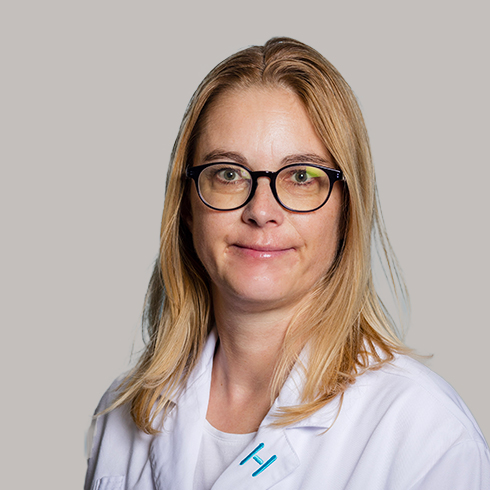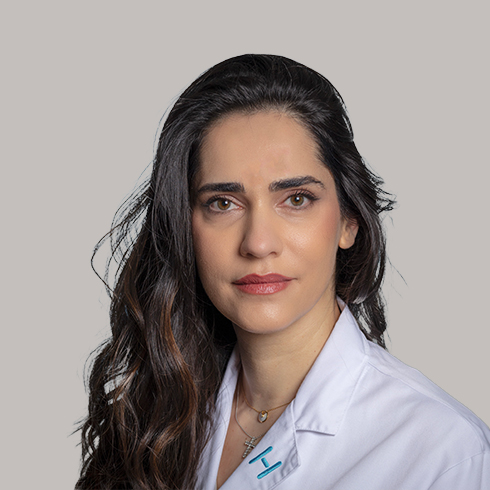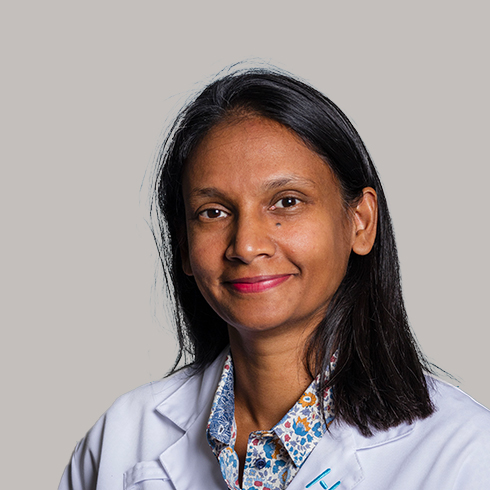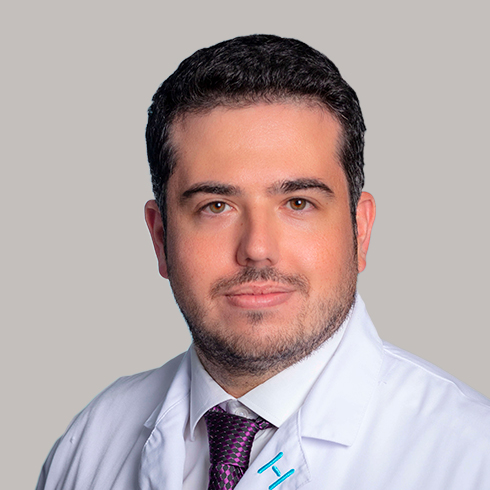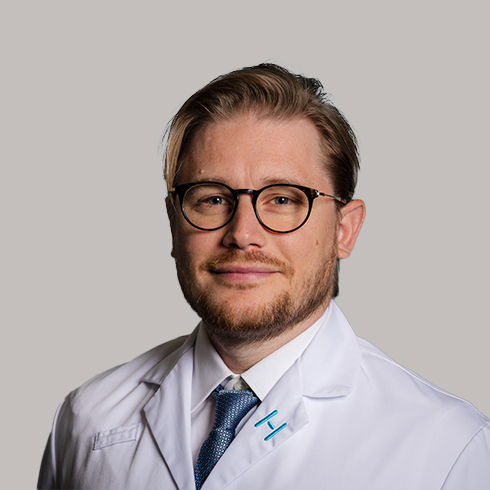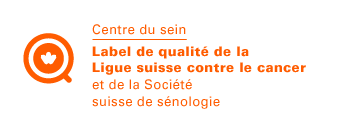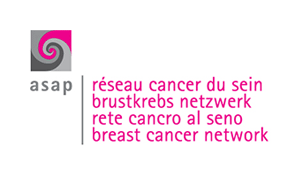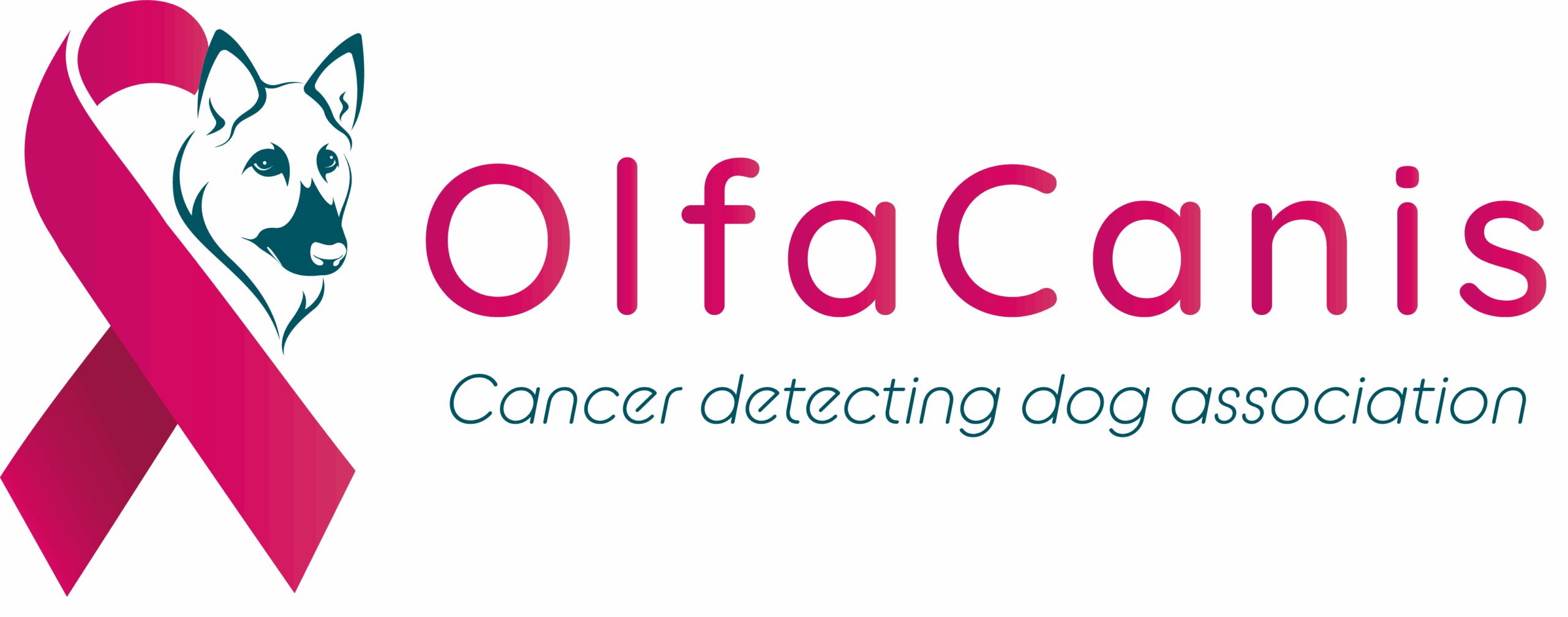CENTRE OF EXCELLENCE
BREAST
CENTRE
Caring for you, as we would for ourselves
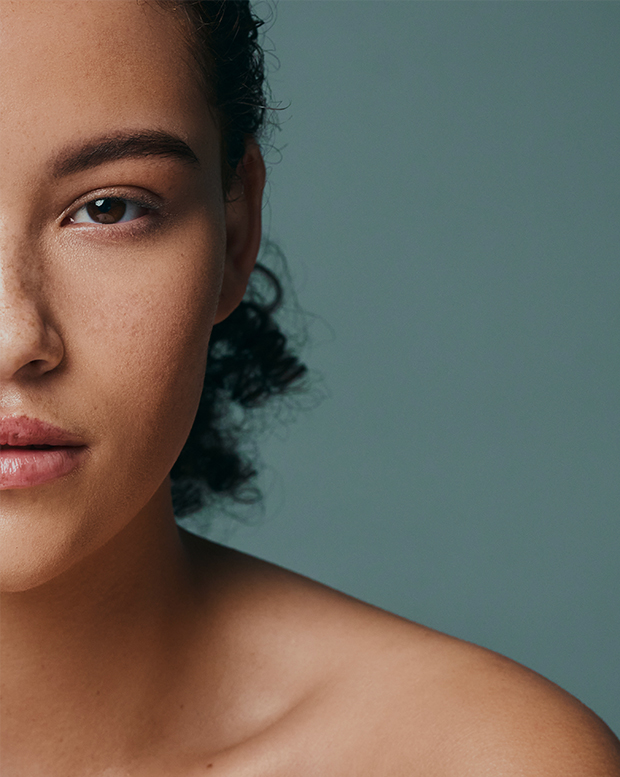
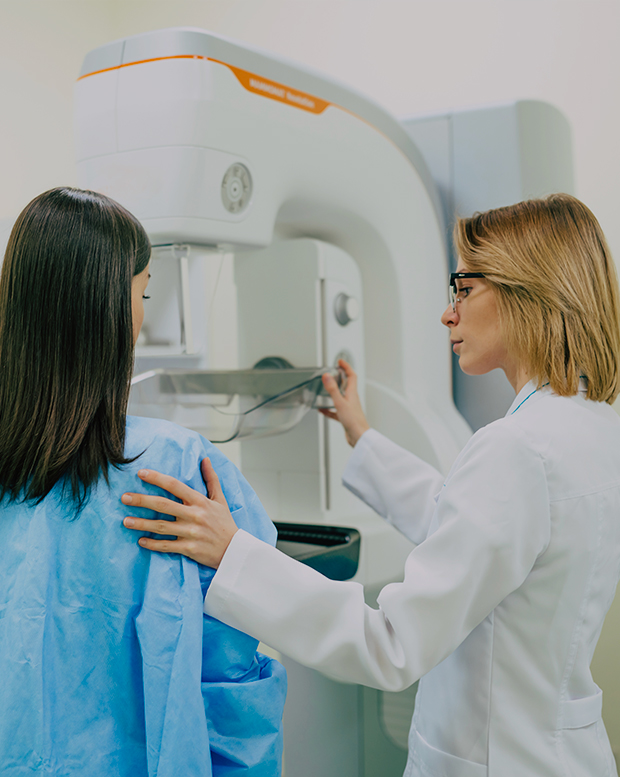
Why choose us ?
Multidisciplinary team
One of the major advantages of the Breast Centre at Hôpital de La Tour is that it brings together all the expertise needed to treat breast diseases in one place. Radiologists, oncologists, breast surgeons, plastic surgeons, gynaecologists, radiotherapists, physiotherapists, psychologists and dieticians work hand in hand within an integrated structure. This collaborative approach enables us to develop a coherent treatment plan tailored to each medical situation, in close consultation with the patient. Coordination between specialities ensures a smooth, optimised and respectful patient journey.
Personalised support
Every patient is unique, as is their journey through the disease. At the Breast Centre of Hôpital de La Tour, individualised support is provided from the earliest stages of screening. This support is based on the continuous presence of a nurse specialising in breast cancer, who acts as a trusted point of contact. She also supports loved ones through this often complex journey. This human connection, which is essential to the quality of care, guarantees an empathetic, continuous and reassuring care experience.
Highly specialised care
The Breast Centre of Hôpital de La Tour offers rapid access to all essential diagnostic tests, which are carried out on site using state-of-the-art technical facilities. From tomosynthesis mammography to ultrasound and biopsy, all investigations are centralised, ensuring rapid and consistent care. In terms of treatment, the Centre offers a comprehensive range of medical and surgical solutions, closely aligned with current scientific data and the specific needs of each patient.
Certain cutting-edge techniques, such as intraoperative radiotherapy (IORT), require highly specialised equipment that is only available at Hôpitaux Universtiaires de Genève. Thanks to a structured partnership between the two institutions, these treatments can be carried out at the university centre while being performed by a surgeon from La Tour. This collaboration guarantees each patient access to the widest range of treatments, as part of a personalised continuity of care monitored by the La Tour teams.
Know your breasts
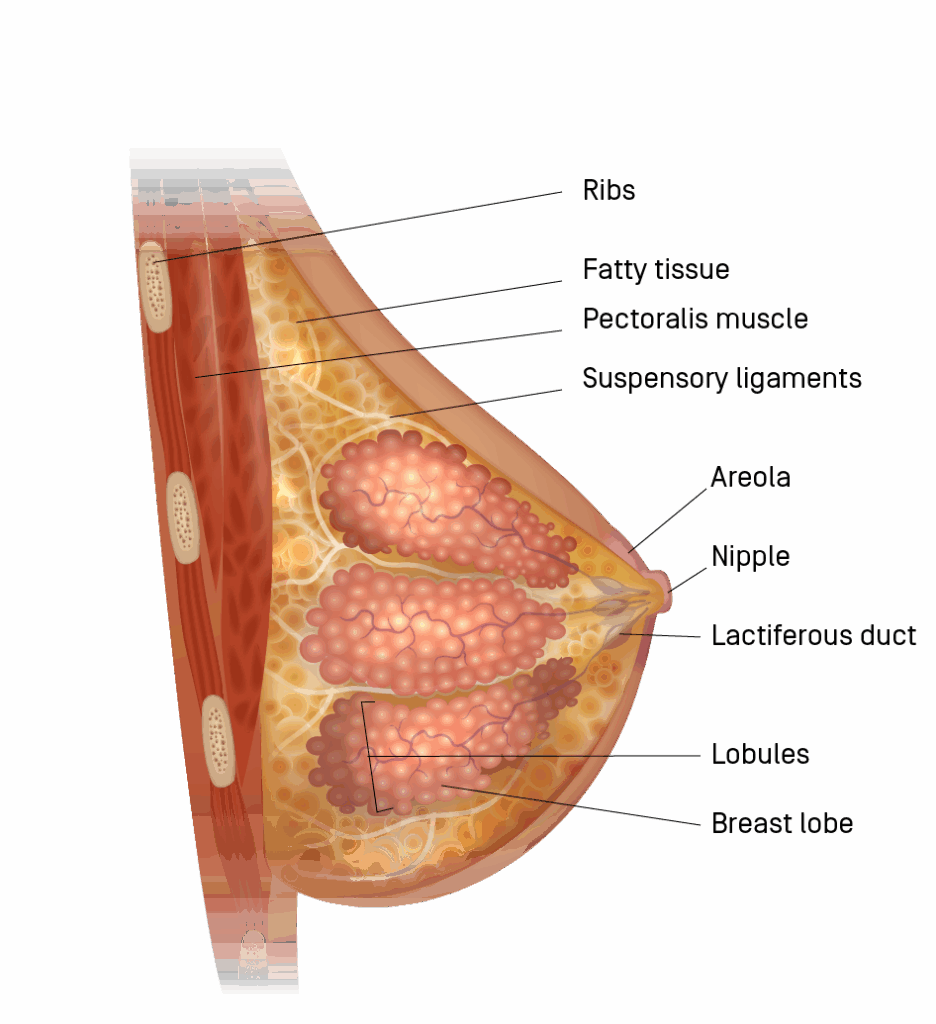
Becoming familiar with your breasts allows you to distinguish between what is normal and what may be abnormal. Redness, a lump or a change in texture in the breasts may appear over time. In many cases, these changes are benign. Breast tissue is influenced by many biological and hormonal factors. Regular observation of your breasts not only allows you to detect any abnormalities, but also to take immediate action when necessary.
Breast anatomy: understanding its structure and functions
The breast is a complex anatomical structure. It rests on the pectoralis major muscle but does not contain any muscle itself. Inside, there are three main types of tissue:
- Glandular tissue, which produces milk
- Connective tissue, which supports the internal structures
- Adipose tissue (fat), which gives the breast its shape and volume
The breast extends from the collarbone to the upper abdomen, and from the armpit to the sternum. Throughout the menstrual cycle, during pregnancy or breastfeeding, the breast undergoes changes. Female hormones (oestrogen, progesterone, prolactin) alter the size of the glands and blood circulation, preparing the body to produce milk.
Each breast contains between 15 and 20 glandular lobes, which are divided into lobules that produce milk. These lobules end in alveoli connected to fine milk ducts that converge towards the nipple. The nipple, located in the centre of the pigmented areola, is surrounded by circular and longitudinal muscles which, when contracted, facilitate milk ejection. The areola houses the Montgomery glands, whose secretions protect and lubricate the skin during breastfeeding. The fatty tissue surrounding the glandular structures influences the volume and shape of the breast. With age, particularly after the menopause, this tissue becomes more dominant. Cooper’s ligaments, or suspensory ligaments, are fibrous bands stretched between the fasciae that provide support and hold for the breast.
Finally, the breast is traversed by numerous blood and lymphatic vessels. Blood vessels supply the tissues via the internal mammary and intercostal arteries. Lymphatic vessels play a role in defending against infection.
Identifying changes: knowing how to respond
A lump or a feeling of hardening in one breast, a change in breast texture, such as thickening or a feeling of a lump, may be the result of natural hormonal changes or may be associated with a medical condition.
Changes may occur with age, menstrual cycles, pregnancy or certain treatments. However, any unusual or persistent changes warrant special attention.
It is recommended that you consult your doctor about any persistent or unusual changes, even if they seem minor.
Signs to watch out for:
A number of physical symptoms may indicate a breast disorder. Careful observation can help identify them quickly. Although these symptoms are sometimes associated with cancer, they can also have other causes. Hover over the oranges below to find out which signs to look out for:
Localised redness
Oedema or swelling
Palpable lump
Nipple discharge
Bleeding
Retracted nipple
Changed texture
More visible veins
Indentations
Distended breast
When should you consult a doctor?
There is no need to follow a strict method to detect changes in your breasts.
What matters is paying regular attention to the overall appearance of your breasts: their shape, texture, skin, nipples, and even surrounding areas such as the armpits and collarbone. This intuitive observation allows you to spot anything that is out of the ordinary. Moderate but constant vigilance is a valuable asset in addition to medical screening tests.
If you notice a new or persistent change, it is essential to consult your doctor without waiting for your next check-up.
Condtions & procedures
We diagnose and treat all breast conditions, whether benign or malignant. The most common conditions, along with their treatment options, are managed by our breast specialists as part of an individualised and coordinated care pathway.

Breast cancer
Breast cancer is the most common cancer in women. It affects approximately one in nine women during their lifetime. This condition, also known as breast carcinoma, can remain asymptomatic for a long time, hence the importance of early screening. There are two main forms: in situ (localised) and invasive (spreading to neighbouring tissues). Early detection greatly improves the chances of recovery.
Breast cancer
Breast cancer is the most common cancer in women. It affects approximately one in nine women during their lifetime. This condition, also known as breast carcinoma, can remain asymptomatic for a long time, hence the importance of early screening. There are two main forms: in situ (localised) and invasive (spreading to neighbouring tissues). Early detection greatly improves the chances of recovery.Diagnosis
Diagnosis is based primarily on mammography and biopsy. Mammography can detect suspicious lesions at a very early stage. If an abnormality is found, a biopsy is necessary to analyse the cells and confirm the presence of cancer cells. Additional tests are used to assess the extent of the disease.
Treatments
Treatment options vary depending on the type and stage of the cancer and the patient’s general state of health. They include conservative surgery or radical surgery (mastectomy), radiotherapy, chemotherapy, hormone therapy and immunotherapy. Breast reconstruction can be immediate or delayed, as part of the overall treatment strategy.
Care at Hôpital de La Tour
Hôpital de La Tour offers multidisciplinary breast cancer care at its Breast Centre, which is certified by the HUG. Each case is discussed at a weekly Tumor board meeting attended by surgeons, oncologists, radiologists and specialist nurses. This networked approach with the HUG and GHOL ensures personalised treatment in accordance with the most demanding university protocols. Thanks to state-of-the-art technical facilities and close coordination between specialities, patients benefit from an optimised care pathway, combining medical expertise, human support and safety.
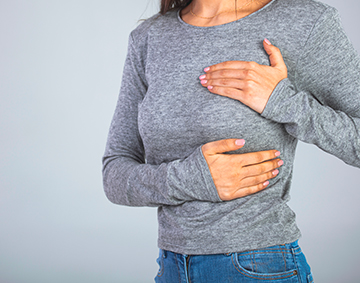
Mastitis
Mastitis is an inflammation of the breast tissue, usually related to breastfeeding (lactational mastitis), but it can also occur outside of this period (non-lactational mastitis). It manifests as breast pain, redness, swelling and sometimes fever. Early treatment is essential to prevent complications, such as breast abscesses.
Mastitis
Mastitis is an inflammation of the breast tissue, usually related to breastfeeding (lactational mastitis), but it can also occur outside of this period (non-lactational mastitis). It manifests as breast pain, redness, swelling and sometimes fever. Early treatment is essential to prevent complications, such as breast abscesses.Diagnosis
The diagnosis is based primarily on a clinical examination revealing pain, redness and localised swelling, often accompanied by fever. If an abscess or atypical forms are suspected, a breast ultrasound may be performed. A milk culture or biopsy may also be indicated depending on the progression of symptoms.
Treatments
Initial treatment includes symptomatic measures: continued breastfeeding or milk drainage, painkillers and warm compresses. If symptoms persist, targeted antibiotic therapy is prescribed. If an abscess forms, ultrasound-guided drainage is considered. Complex cases require close medical monitoring.

Benign breast conditions
Finding a lump, breast nodule, or unusual discharge can cause serious concern. However, most breast abnormalities are benign and do not indicate cancer, especially in young women. A clinical examination and imaging tests are still essential to make an accurate diagnosis and reassure the patient.
Benign breast conditions
Finding a lump, breast nodule, or unusual discharge can cause serious concern. However, most breast abnormalities are benign and do not indicate cancer, especially in young women. A clinical examination and imaging tests are still essential to make an accurate diagnosis and reassure the patient.Breast conditions related to breastfeeding
Some benign conditions are directly associated with pregnancy and breastfeeding. The most common include breast abscesses, often resulting from mastitis, blocked milk ducts, which cause painful lumps, and rusty duct syndrome, a temporary and harmless condition. Breast engorgement, which is common after childbirth, can be relieved by regular breastfeeding and simple care. Appropriate treatment usually leads to a quick recovery.
Other benign breast conditions
Apart from breastfeeding, various benign lesions may occur: breast cysts, fibrocystic changes, adenofibromas, lipomas, and intraductal papillomas. Most are related to hormonal fluctuations or changes in breast tissue. While some require simple monitoring, others may require targeted treatment to relieve discomfort or prevent complications.
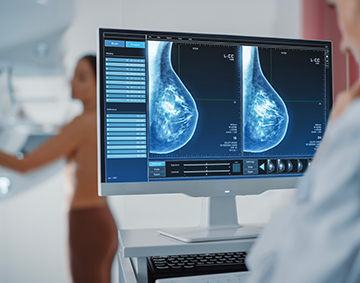
Mammography/tomosynthesis
Mammography is a two-dimensional medical imaging test that uses very low-intensity X-rays to visualise breast tissue. It is an essential tool in the screening and early diagnosis of breast abnormalities, such as lumps, calcifications or other suspicious lesions.
Mammography/tomosynthesis
Mammography is a two-dimensional medical imaging test that uses very low-intensity X-rays to visualise breast tissue. It is an essential tool in the screening and early diagnosis of breast abnormalities, such as lumps, calcifications or other suspicious lesions.Tomosynthesis
For a more accurate analysis of images deemed ambiguous, tomosynthesis—a three-dimensional imaging technology—is increasingly being used. This advanced method reconstructs the breast layer by layer, improving the detection of abnormalities that are difficult to see on a conventional 2D image.
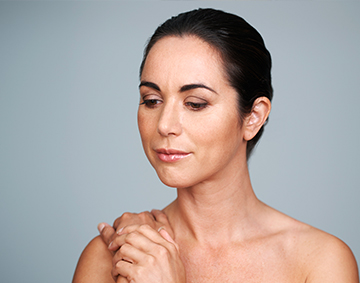
Breast reconstruction
Breast reconstruction is a surgical procedure offered after a mastectomy or, more rarely, after breast-conserving surgery. Performed immediately or some time after the initial surgery, this approach is part of a comprehensive approach to well-being.
Breast reconstruction
Breast reconstruction is a surgical procedure offered after a mastectomy or, more rarely, after breast-conserving surgery. Performed immediately or some time after the initial surgery, this approach is part of a comprehensive approach to well-being.Types of reconstruction
Several reconstruction techniques are available: breast implants (silicone), autologous tissue transfer (skin and fat flaps) or a combined approach. In addition, there are complementary methods such as lipofilling (fat injection) or nipple reconstruction. The choice of method depends on many criteria: tissue quality, previous treatments, aesthetic preferences and the patient’s overall health.
Surgical timeline
Reconstruction can be immediate, during mastectomy, or delayed, several months or even years later. The timing is based on medical considerations (radiotherapy, skin condition), technical considerations and personal considerations. Immediate reconstruction sometimes allows for a more natural aesthetic result, but is not always possible. Delayed reconstruction, on the other hand, allows time for reflection and better surgical planning.
Our experts
The Breast Centre of Hôpital de La Tour brings together specialists dedicated to treating breast conditions. Surgeons, oncologists, radiologists, gynaecologists, plastic surgeons and breast care nurses work closely together to offer structured, personalised care in line with best practices.
Our expertise
Le + La Tour
Thanks to its technical facilities, Hôpital de La Tour offers all the examinations that are generally performed in the shortest possible time in a single location.
Partenariats institutionnels :
Hôpital de La Tour strives every day to achieve the highest standards of medical excellence. Measured medical performance, combined with research within the institution itself, are at the heart of this quest for continuous improvement.
A network of expertise at the service of patients
The Breast Centre at Hôpital de La Tour is part of a leading network. It actively collaborates with the Hôpitaux Universitaires de Genève (HUG) and is accredited by the Swiss Cancer League (LCC) and the Swiss Society of Senology (SSS). This positioning guarantees compliance with the most demanding standards in terms of quality of care, clinical practices and innovation. At the same time, the Centre works in close synergy with the OTIUM Foundation, which offers complementary physical, psychological and emotional support to patients and their families throughout their treatment.
Clinical trials
Medical progress in the field of breast cancer treatment would not be possible without ongoing commitment to research. Through its Breast Center, Hôpital de La Tour actively participates in this dynamic by contributing to the development of scientific knowledge and the latest therapeutic techniques. This participation in medical research contributes to the evolution of practices and knowledge in breast cancer treatment, benefiting patients today and tomorrow.
Current trials:
Nos chiffres clés
Your care pathway at a glance
The Breast Center of Hôpital de La Tour offers comprehensive, personalized breast cancer care, from detection to post-treatment follow-up, thanks to a full range of technical facilities and high-level partnerships. Each case is evaluated in consultation with a multidisciplinary team from HUG, ensuring an up-to-date therapeutic approach. Treatments are individualized, ranging from surgery to targeted therapies, complemented by an integrated oncology rehabilitation program. Medical excellence at the service of each patient.
Diagnosis
An abnormality in the breast can be detected by palpation or following a screening examination. Before any treatment is given, the nature and stage of development of the lesion must be characterized. To establish a diagnosis, a breast specialist at Hôpital de La Tour will:
A medical consultation
A clinical examination
A mammogram and/or ultrasound scan
Additional tests (depending on the results), such as a biopsy, MRI, or PET/CT scan, to refine the diagnosis.
Personalized care plan
Your breast cancer case is discussed at a weekly multidisciplinary meeting involving specialists from Hôpital de La Tour and HUG.
The treatments offered to you will vary depending on your specific circumstances and the type of tumor, so that the best option can be chosen to limit side effects and offer you optimal care.
Treatments
Depending on the stage of development and type of cancer, oncologists will offer you different types of treatment, the timing of which will vary according to the specific characteristics of the tumor.
Surgery
Chemotherapy
Hormone therapy
Radiotherapy
Targeted therapy
The La Tour advantage: Thanks to a partnership with the HUG, you can be operated on by a La Tour surgeon at the university center in order to benefit from the widest possible range of treatments.
Individual nursing care
Our team builds a personal relationship with you to support you throughout your journey. The goal is to provide individualized care tailored to your specific needs.
Alongside the doctors, the care team takes care of all non-medical aspects. This allows them to listen attentively to any practical problems you may encounter in your daily life and to answer your questions, even when they are difficult to discuss.
Life
After treatment, our team plans your long-term follow-up care.
Clinical examination and consultation
Mammogram and ultrasound scan
Nurse consultation
Breast cancer care at Hôpital de la Tour: an interdisciplinary team for personalized treatment




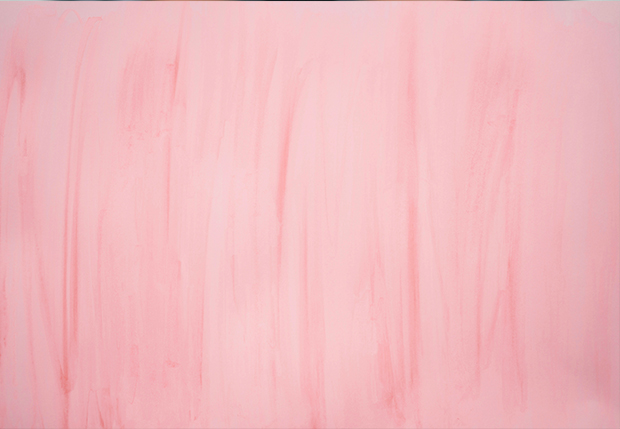
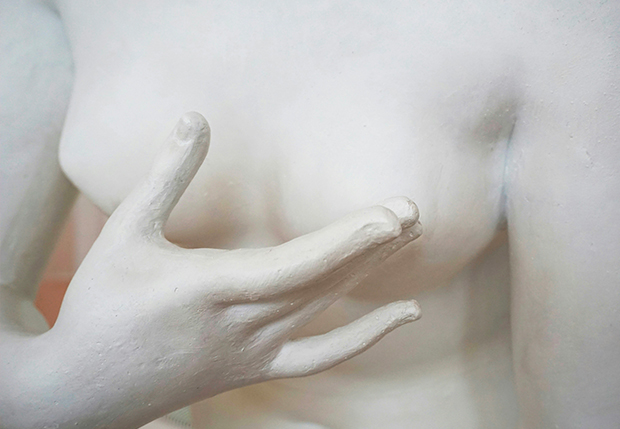

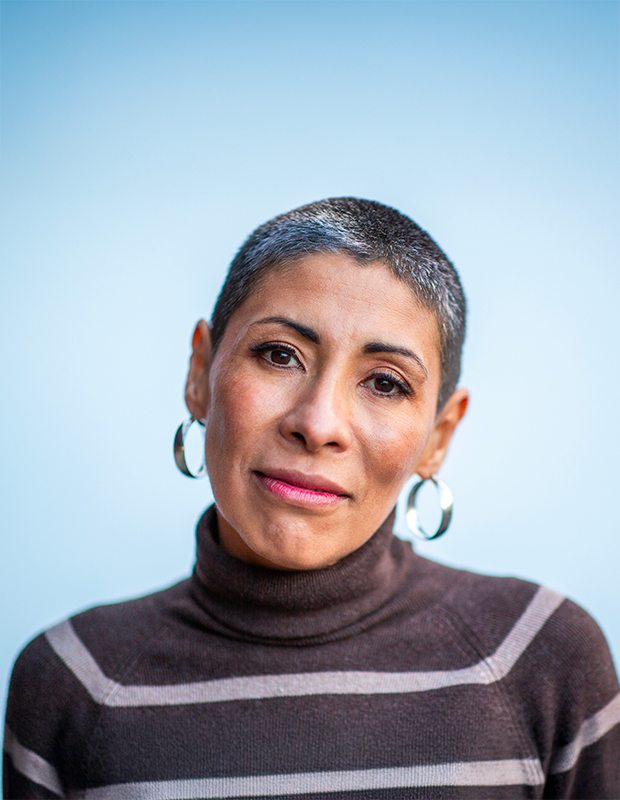
Questions from our patients
What are the most common benign breast conditions?
Benign conditions include breast cysts, fibroadenomas, mastitis (breast infections), and nipple abnormalities such as discharge. Although these conditions are not cancerous, they may require monitoring, medical treatment, or surgery, depending on the case.
Are all breast lumps cancerous?
No. The vast majority of breast lumps are benign. Imaging tests and, if necessary, a biopsy can accurately characterize the nature of an abnormality and guide treatment.
What tests are performed to examine the breast?
The main tests are mammography, breast ultrasound, and, in some cases, breast MRI. These techniques allow the structures of the breast to be visualized and any abnormalities to be detected. A biopsy involves removing a small piece of tissue for analysis.
What treatments are available for breast disease?
Treatments vary depending on the condition identified. For breast cancer, the treatment plan often combines surgery, radiation therapy, chemotherapy, hormone therapy, or targeted therapies, depending on the characteristics of the tumor. For benign conditions, monitoring or local treatment may be sufficient. The team systematically offers individualized treatments, which are discussed in multidisciplinary meetings.
What does oncological rehabilitation involve after breast treatment?
Oncological rehabilitation combines adapted physical activity, nutritional advice, and psychological support to help patients live better during and after treatment. It aims to reduce fatigue, improve quality of life, and prevent recurrence. The sessions are supervised by physical therapists and physical activity specialists.

Patient testimonial
Discover the inspiring story of Julie, who overcame breast cancer.
Her journey highlights the combination of medical expertise and human support.
